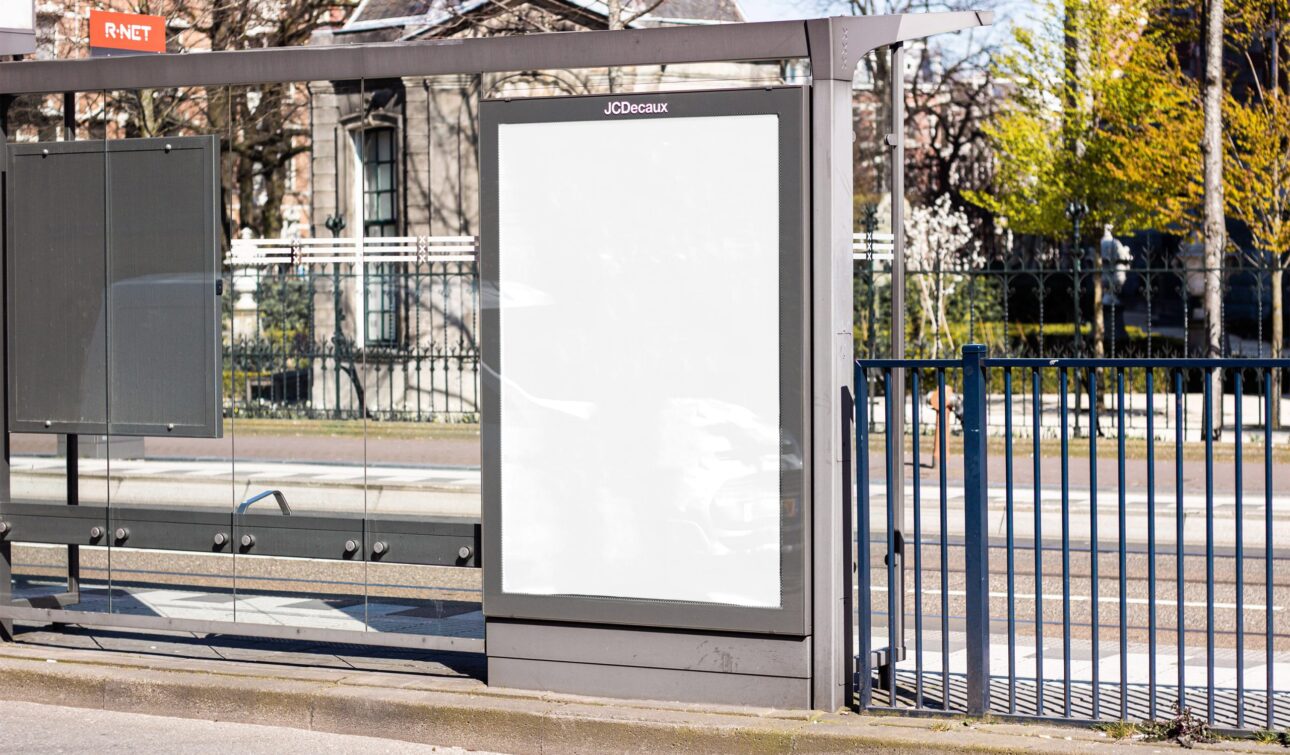On the back of your favourite magazine, throughout your favourite TV programmes and alongside the road, you come across different types of advertisements everywhere. But where is the most effective place to put your ads, and when will consumers find them most reliable?
We’re aware of the ‘old-fashioned’ methods of advertising such as billboards, print, radio, and TV. But the significant expansion in the amount of social media channels means that significant changes can be seen in how people behave and how they engage and interact with different types of media.
In a 17-country study of these changes, YouGov’s International Media Consumption Reports highlights the importance of identifying different types of ads and their content to discover which ones are credible and trustworthy. In the study, people from different countries and regions were asked how reliable they found advertisements from the main popular media outlets.
So, what stands out? Those from European countries and the US have significantly less confidence in advertisements that they see on ‘newer’ media platforms than those in countries such as India, Mexico, and the UAE.
The confidence of Brits was particularly investigated, and it was found that 53% of British people still trusted TV advertisements, with that platform being seen as the most reliable, followed by radio and print.
A significant outcome of the research is that Brits trust newer forms of advertising much less than the already established alternatives, with only 18% of Brits considering website ads to be reliable – this is even less for advertisements on social media, which had a 10% trustworthiness.
So, how do Dutch marketers benefit from these insights? Well, the precedent set by the Brits can be compared to the rest of the world. Globally, social media ads are perceived as the least credible form of advertising, with only 25% of global respondents trusting these types of ads. Nine of the 17 surveyed countries are even below this global average.
The biggest conclusion from this study found that the traditional media platforms are generally still the most trusted, and advertising through these channels is therefore still the best way to communicate with your chosen audience.
People’s trust in social media is also very low in the Netherlands. According to GfK Trends in Digital Media 2020, 70% of the Dutch provide social media with inadequate or inaccurate personal data, such as their name and address etc. The study also highlighted that Dutch people have the most confidence in TV and radio.
Furthermore, a recent study in the Netherlands conducted by Motivaction International, showed that the COVID-19 crisis has had a large impact on the trustworthiness of journalism and news channels. In general, consumers seem to trust ‘the good old’ traditional newspapers (and their websites) and news programmes on TV more than they do online news channels and social media.
Social media has especially suffered throughout the crisis, and, needless to say, that if the content on these channels is regarded as less trustworthy, this will have an immediate impact on the commercial messages placed in there too.
All Response Media viewpoint
As a company that buys several types of media for their clients, we have seen that the majority of that spend goes into offline media, which mostly consists of TV, print, radio, and billboards.
In 2020, 65% of the total spend across our clients was allocated towards traditional media, showing us that like the majority of the 17 countries that were studied, our clients also find traditional media to still be the most trustworthy media.
What we do know though, is that the best effectiveness is reached when there is a combination of offline and online media, especially when you consider the wide range of audiences and platforms engaged.•
Read more information on our TV services.
 4 min read
4 min read 31 March, 2021
31 March, 2021 by
by 

















